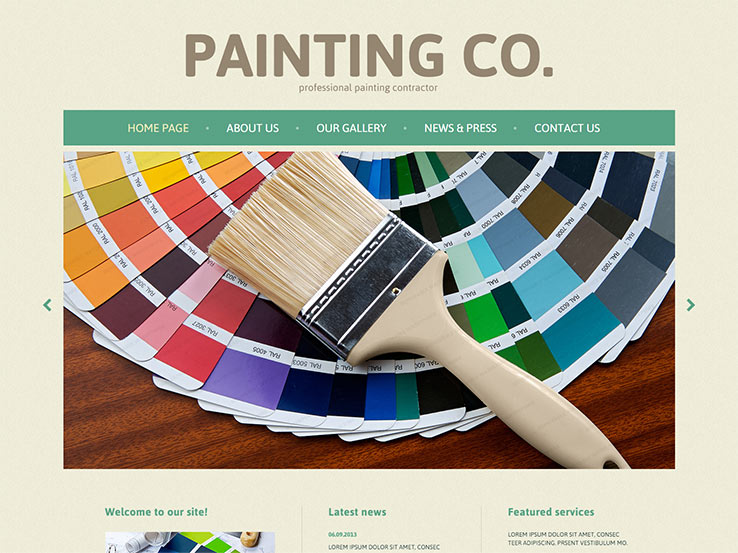Maximizing Tiny Spaces: Painting Methods To Create The Impression Of Space
Maximizing Tiny Spaces: Painting Methods To Create The Impression Of Space
Blog Article
https://remingtoneptaf.bloggerswise.com/36855758/important-elements-to-recognize-prior-to-involving-drywall-service-providers -
In the realm of interior design, the art of optimizing tiny spaces with tactical painting strategies supplies an extensive possibility to transform cramped areas into visually extensive refuges. The mindful option of light shade schemes and clever use of optical illusions can function marvels in producing the impression of space where there seems to be none. By utilizing these methods sensibly, one can craft an atmosphere that defies its physical limits, welcoming a feeling of airiness and openness that conceals its real dimensions.
Light Shade Selection
Picking light colors for your paint can substantially improve the illusion of space within your artwork. Light colors such as soft pastels, whites, and light grays have the capability to show even more light, making a space feel even more open and ventilated. These colors create a sense of expansiveness, making wall surfaces show up to recede and ceilings appear greater.
By utilizing light colors on both walls and ceilings, you can blur the boundaries of the room, providing the impression of a larger location.
Additionally, light shades have the power to bounce natural and artificial light around the area, lightening up dark corners and casting less darkness. This impact not just adds to the total spacious feel yet also develops a much more inviting and dynamic atmosphere.
When choosing light colors, think about the undertones to guarantee consistency with various other elements in the space. By purposefully incorporating light shades into your painting, you can transform a confined room into a visually bigger and more inviting atmosphere.
Strategic Trim Painting
When aiming to produce the impression of area in your painting, critical trim paint plays a crucial function in defining limits and improving depth understanding. By strategically picking the shades and coatings for trim work, you can properly adjust exactly how light interacts with the room, inevitably affecting just how large or little an area feels.
To make an area show up larger, take into consideration painting the trim a lighter color than the wall surfaces. interior painters produces a sense of deepness, making the walls decline and the room feel more large.
On the other hand, painting the trim the same shade as the walls can develop a smooth look that obscures the sides, giving the illusion of a continual surface area and making the boundaries of the room less defined.
Furthermore, using a high-gloss finish on trim can reflect a lot more light, further enhancing the assumption of area. Alternatively, a matte coating can take in light, developing a cozier environment.
Thoroughly thinking about these details when painting trim can significantly affect the overall feel and perceived size of an area.
Optical Illusion Techniques
Utilizing optical illusion methods in paint can effectively alter understandings of deepness and space within a given environment. One common strategy is using gradients, where shades shift from light to dark tones. By using simply click the following website page on top of a wall and gradually darkening it towards the bottom, the ceiling can show up greater, creating a sense of upright room. On the other hand, repainting the flooring a darker color than the walls can make it feel like the area expands better than it really does.
Another optical illusion method includes the calculated positioning of patterns. Horizontal stripes, as an example, can visually broaden a narrow space, while upright red stripes can elongate a room. Geometric patterns or murals with point of view can also deceive the eye into regarding even more depth.
Furthermore, including reflective surface areas like mirrors or metal paints can jump light around the room, making it feel much more open and spacious. By masterfully utilizing these optical illusion methods, painters can transform little areas right into visually expansive areas.
Final thought
In conclusion, critical paint methods can be made use of to optimize little rooms and produce the impression of a bigger and much more open area.
By choosing light colors for wall surfaces and ceilings, making use of lighter trim shades, and integrating visual fallacy strategies, understandings of deepness and size can be manipulated to change a little room right into a visually bigger and much more inviting setting.
